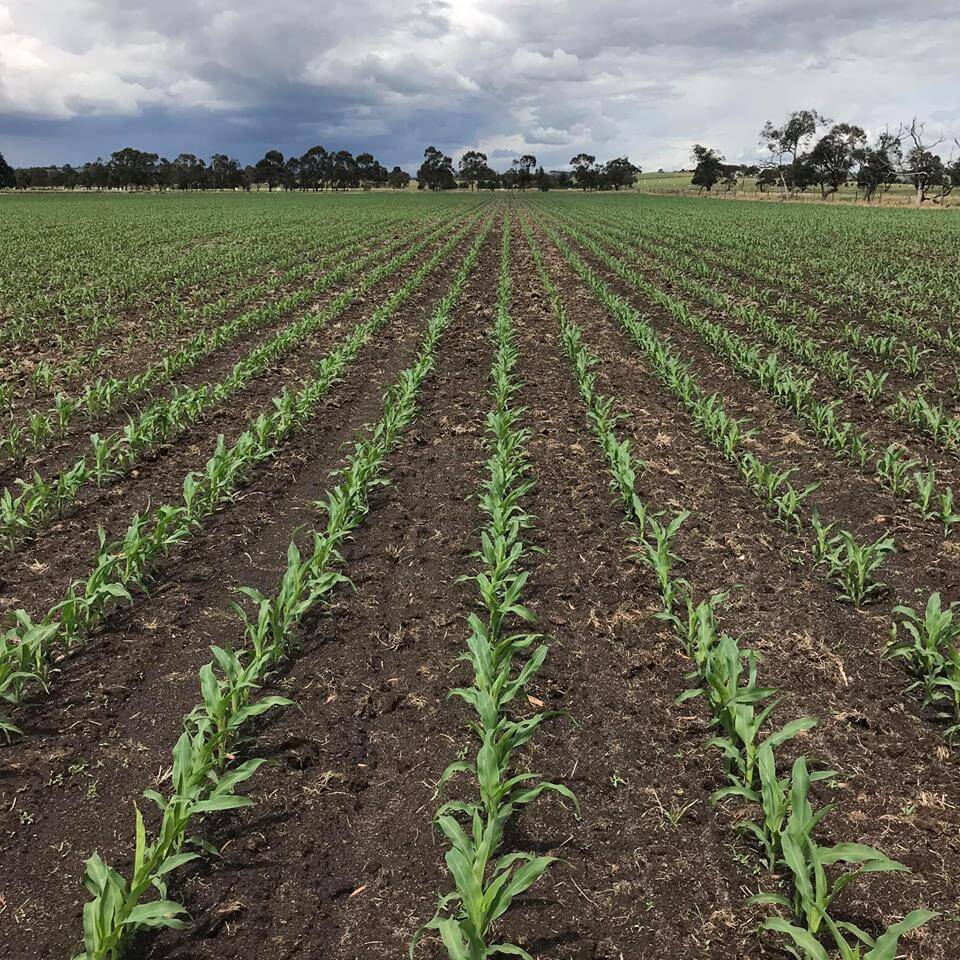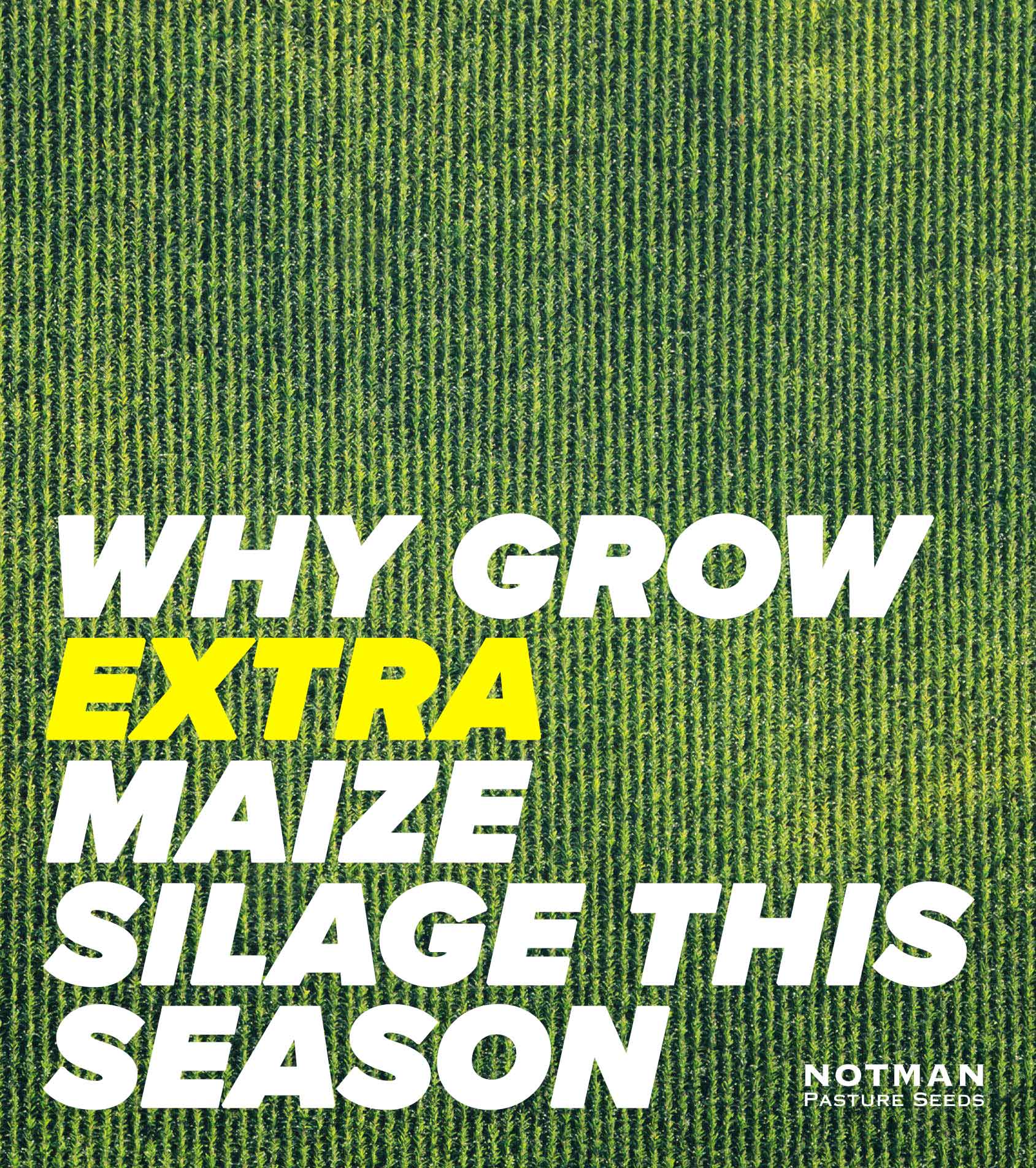For many farmers, growing some maize silage on farm makes good sense. Market prices dictate the type of bought in feed, they may have access feed out carts, feed pads, run short of maize silage when you really needed more…there’s many reasons why farmers have considered planting an extra paddock, or contracting a few more tonnes of maize silage this season.
Risk management is certainly important with maize, which is particularly beneficial during challenging seasons. Could planting an extra paddock offset risk of the entire crop yield? So losses in overall yield are made up by having an extra paddock in?
Here we’ve listed some reason’s why you might grow a bit more extra maize silage in 2022-23:
Reduce your feed costs
Locally produced feeds like maize silage are becoming increasingly attractive with protein hay harvest proving a challenge this spring. Vetch and Oaten hay growers across northern Victoria and southern NSW won’t know what quality they’ve got until its in the bale so accessing high quality hat may be an issue for some dairy farmers.
Risk management – keeping a buffer on hand
We don’t always get feed budgeting right, so growing a bit of extra maize (or buying it in) means you could have that extra feed up your sleeve.
Planting an extra paddock could offset risk of the entire crop yield, and losses in overall yield are made up by having an extra paddock in. Clearly some in crop impacts may be non-offsettable, like no rain from December to March, but perhaps the easiest way to reduce the risk is good in crop management and having extra dry matter potential by planting that little bit extra more.
Late start to the season & reducing feed out losses
It’s shaping up for a late planting season once again, similar to the past two seasons, so quality & yield could be variable. It’s important farmers explore avenues that can maximise quality, maximise yield and minimise dry matter losses between the paddock and feeding out.
Risk management is key here and actions may include:
- Have the paddock ready so the planting contractor can plant when you need.
- Using a high quality maize inoculant at ensiling which is particularly beneficial during challenging seasons like this one.
- Well compacted and sealed silage. It will hold its quality for several seasons. So if you don’t need it, you don’t have to feed it.
Grow more grass
Maximising pasture yield by not overgrazing pastures. If pasture is in danger of being overgrazed stored additional maize silage can be fed out at any time to allow pasture to recovery.
Get more milk
While keeping control of costs is an important part of a profitable dairy farm system, keeping production up is also important because it dilutes fixed costs (e.g. labour and debt servicing). As many farmers know maize silage is great at increasing milk production throughout the season by filling feed deficits and extending lactation.
Finally, a reliable cost effective feed
It is a reliable and cost-effective feed that can be easily managed to fill feed deficits and optimise production and profit. It is really easy to feed and is an excellent carrier for minerals.








